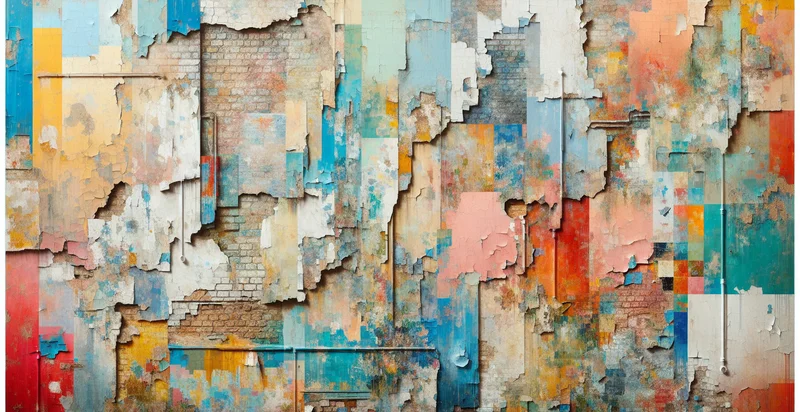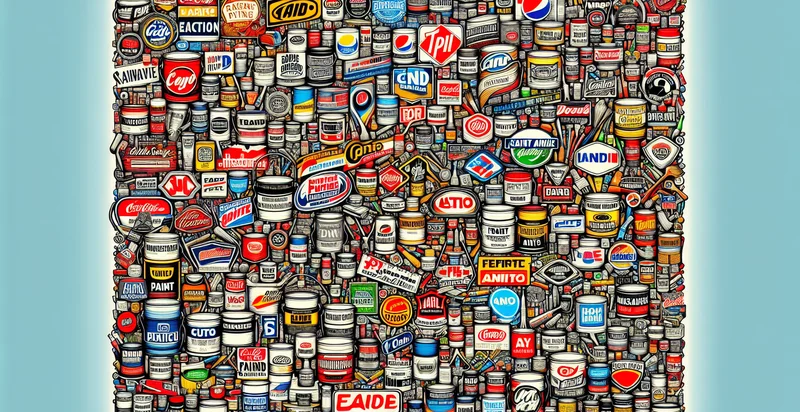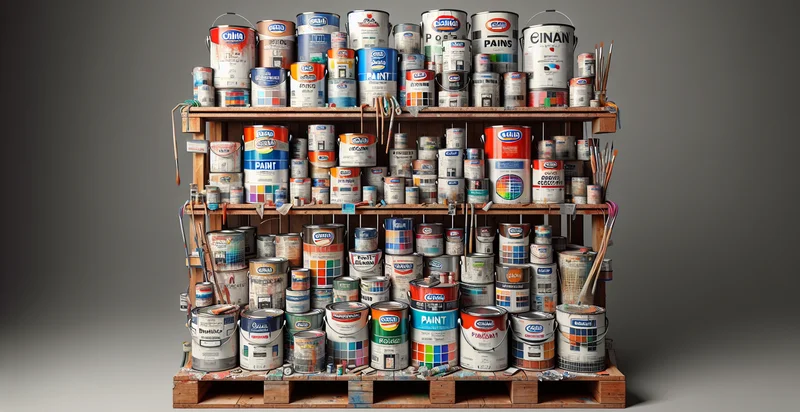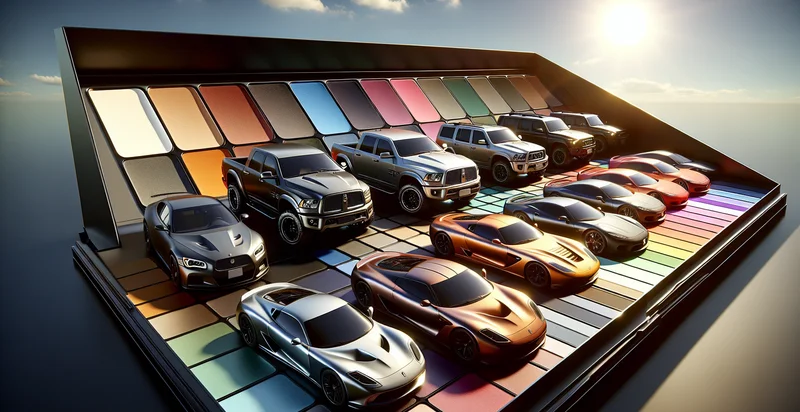Identify paint conditions
using AI
Below is a free classifier to identify paint conditions. Just upload your image, and our AI will predict the paint condition of a surface. - in just seconds.

Contact us for API access
Or, use Nyckel to build highly-accurate custom classifiers in just minutes. No PhD required.
Get started
import nyckel
credentials = nyckel.Credentials("YOUR_CLIENT_ID", "YOUR_CLIENT_SECRET")
nyckel.invoke("paint-conditions", "your_image_url", credentials)
fetch('https://www.nyckel.com/v1/functions/paint-conditions/invoke', {
method: 'POST',
headers: {
'Authorization': 'Bearer ' + 'YOUR_BEARER_TOKEN',
'Content-Type': 'application/json',
},
body: JSON.stringify(
{"data": "your_image_url"}
)
})
.then(response => response.json())
.then(data => console.log(data));
curl -X POST \
-H "Content-Type: application/json" \
-H "Authorization: Bearer YOUR_BEARER_TOKEN" \
-d '{"data": "your_image_url"}' \
https://www.nyckel.com/v1/functions/paint-conditions/invoke
How this classifier works
To start, upload your image. Our AI tool will then predict the paint condition of a surface..
This pretrained image model uses a Nyckel-created dataset and has 32 labels, including Blistered, Bright, Bubbly, Chipped, Clean, Cracked, Damaged, Dirty, Discolored and Dull.
We'll also show a confidence score (the higher the number, the more confident the AI model is around the paint condition of a surface.).
Whether you're just curious or building paint conditions detection into your application, we hope our classifier proves helpful.
Related Classifiers
Need to identify paint conditions at scale?
Get API or Zapier access to this classifier for free. It's perfect for:
- Automotive Inspection: This function can be used in automotive workshop settings to identify paint conditions on vehicles. By analyzing the paint finish, it can help technicians determine if a car has been repainted or if there are imperfections that need to be addressed, thus enhancing quality assurance.
- Art Conservation: Museums and galleries can leverage this technology to assess the condition of painted artworks. It can aid conservators in identifying areas of degradation or previous restoration efforts, ensuring that proper care and preservation techniques are applied.
- Construction Quality Control: In the construction industry, this function can be utilized to evaluate paint applications on various surfaces. By detecting inconsistencies or errors in paint conditions, construction managers can ensure adherence to quality standards and avoid costly rework.
- Product Quality Assessment: Manufacturers of paint products can apply this classifier during their quality control processes. By spotting defective paint applications on finished goods, they can identify issues earlier in the production line, improving overall product quality and customer satisfaction.
- Home Renovation Services: Interior design and renovation companies can use this function to assess the condition of wall paint in homes. This capability allows service providers to recommend appropriate preparation or touch-up work before applying new paint, ensuring a better finish and longer-lasting results.
- Insurance Claims Evaluation: Insurance adjusters can use the function to analyze paint conditions on damaged properties. This can help assess the extent of damage and determine whether previous paintwork affects the current claim, streamlining the claims process.
- Environmental Monitoring: Environmental agencies can implement this technology to monitor paint conditions on public structures. By identifying peeling or damaged paint, necessary maintenance can be scheduled, promoting public safety and aesthetic value in urban areas.


